Grow French Beans Easily from Seed: A Step-by-Step Guide
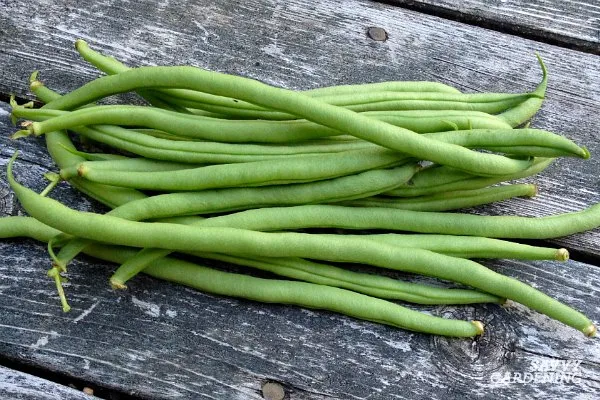
Table of Contents
If you’re looking to add some fresh, homegrown flavour to your meals, then learning how to grow French beans from seeds is a great place to start. These slender, green beauties are a staple in many gardens, and for a good reason – they’re easy to grow, highly productive, and versatile in the kitchen. Whether you’re a seasoned gardener or a beginner with a green thumb, growing French beans from seeds is a simple and rewarding process that will yield a bountiful harvest of delicious, nutritious vegetables.
Growing your own vegetables can be a rewarding experience that connects you to the earth and provides a sense of accomplishment. French beans, also known as green beans, are great choices. They require minimal care. Plus, they are rich in vitamins and minerals, making them a healthy addition to any meal.
In this guide, we’ll take you step-by-step through the process from when to sow French beans from seeds, preparing your soil, to harvesting your first crop. All you need are some gardening tools and a little patience.
Whether you have a large garden or just a few containers on your patio, you can enjoy the satisfaction of growing your own food and savouring the fresh, delicious taste of homegrown French beans. So, let’s get started!
Ideal Time to Sow French Beans
Wondering when to sow French beans in the UK? French bean seeds should ideally be sown indoors in April on an open window sill where they may receive lots of sunlight. In late May, take them outside and place them in a warm, sunny area. Even a mild cold spell might be fatal. Before planting or direct-sowing outdoors, wait until all potential for a late frost has passed. The best time to seed French beans is between April and July if you want to grow them successfully.
We can do preliminary sowings in pots under cover, and when the weather warms up, you can plant outside (or slide seedlings outside in grow bags). It’s a good idea to warm the soil with a cloche beforehand if you decide to direct-sow outside. Temperatures of the soil and compost must be at least 10°C (50°F). The best results often come from May seeding. You can seed beneath stiff cloches a little earlier if your soil is light and well-draining and you reside in a little warmer region, such as the southern UK.
Choosing the Type
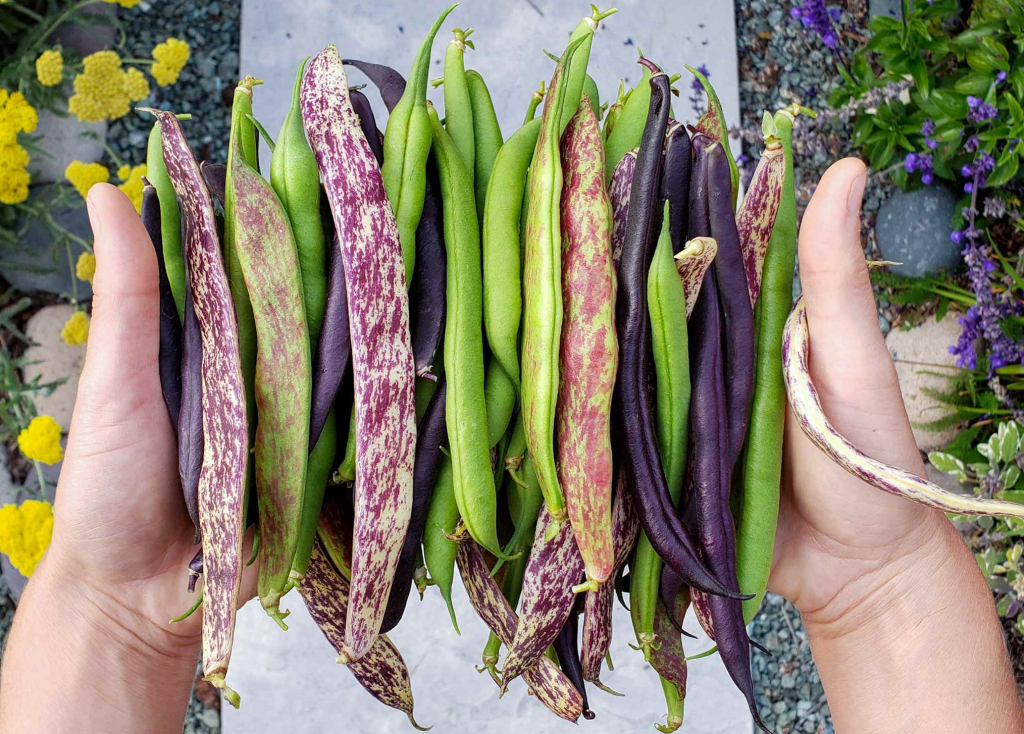
Common beans include green beans and French beans. They are called snap beans, snaps, string beans, and haricot vert. Their scientific name is Phaseolus vulgaris. There are two types of French beans: Dwarf beans and climbing beans. Beans that are dwarf are ideal for confined settings because they thrive in the ground and containers. Although they grow best in the ground and require tall supports, climbing beans can also be grown in substantial pots. Climbers produce a significant yield in a relatively small amount of ground as they develop vertically. Since dwarf beans only produce for a few weeks, you must repeat sowings to ensure a summer-long supply. Despite taking longer to reach the cropping stage, climbing beans will produce beans over an extended period of time.
Some popular varieties of dwarf beans include ‘Borlotto’, which boasts colourful mature pods that are ideal for drying and have a pleasant texture and flavour. ‘Purple Teepee‘ is another popular choice, producing abundant harvests of eye-catching purple pods up to 15cm long. In the case of climbing beans, there is an Italian variety named ‘Borlotto Lingua di Fuoco Nano‘, which has spectacular pods splashed with red. ‘Hunter’ is a variety that produces large crops of stringless, flat pods up to 20cm long and has good disease resistance. ‘Sansoucy’ is another climbing bean that produces beans high above the foliage and can grow up to 45cm tall and 30cm long. Whatever variety of beans you choose to grow, they are sure to add colour, flavour, and nutrition to your garden and your meals.
How to Grow French Beans
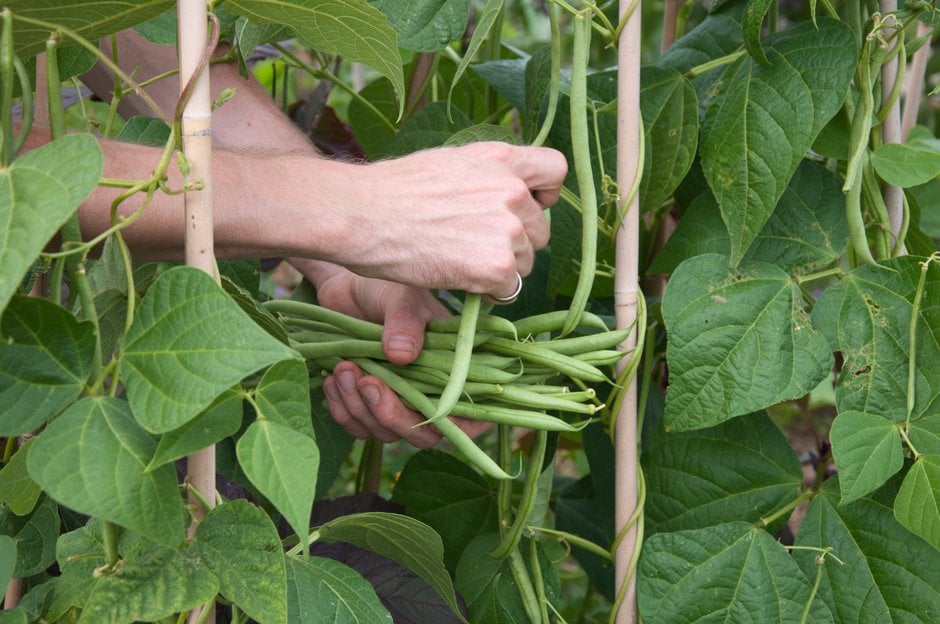
French beans must first be sown inside starting in April before they get transplanted outdoors after the final frost, which is often in late May or early June. Continue to sow beans every three weeks until the beginning of summer for a yield that will last until the following fall.
One can do later sowings outside, but seedlings need to get protected from the elements with a cloche. Planting dwarf French beans 15 cm apart eliminates the need for staking. Growing climbing French beans alongside sweet peas on a wigwam-like structure of canes in the flower border looks particularly lovely.
Opt for a warm, sunny growing location. Thoroughly weed the area, then add a lot of well-rotted manure or garden compost (at least two bucketfuls per square meter/yard) to the soil to help it retain moisture. To give the ground time to settle, this should preferably get done a few weeks prior to sowing or planting or even the previous autumn if you have enough time to design your growing location.
Once the weather (and ground) are warm enough, you can direct-sow French bean seeds outside in the ground or in containers if you intend to grow them there. Emerging seedlings require cover at night, such as a cloche. You can sow them in modules or 3.5″ (9 cm) pots under cover if you wish to grow them indoors.
This enables plants to produce fruit two or three weeks earlier than with straight outdoor seeding. Use potting compost and make sure the pots you use have drainage holes. Give the compost plenty of water and let it drain.
Water plants frequently, especially while they are blossoming, to ensure a good yield of beans. Applying a garden compost mulch will keep the soil around the roots moist. Depending on the variety and season, beans grown from seeds straight in the garden are generally expected to be ready for harvest in 45 to 72 days. French beans are prolific producers once they get going.
To keep the crop producing and for softer, better-tasting pods, harvest frequently—every day or two. Picking beans while they are wet increases the danger of disease spread since pods are readily bruised. Beans can be frozen after being blanched in boiling water for a couple of minutes if you don’t want to consume the entire harvest right away.
Points To Remember
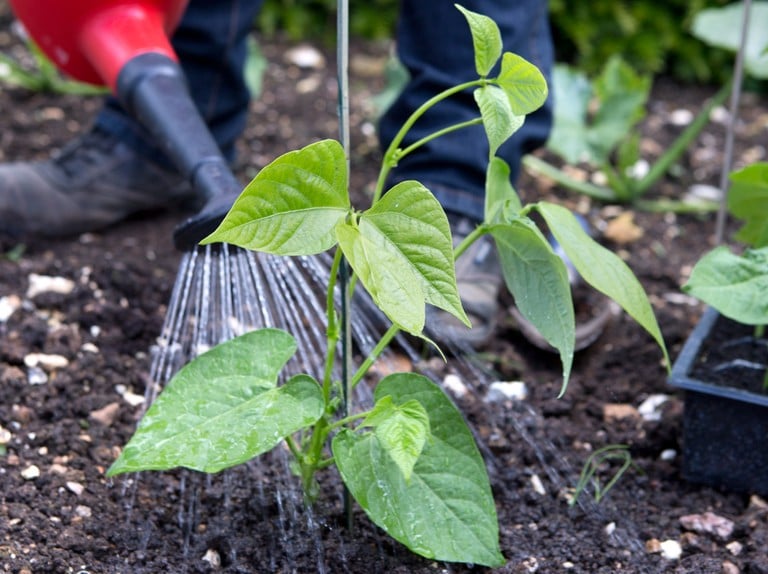
- Keep in mind to water thoroughly and frequently when you first begin to cultivate French beans. Particularly when the plants are flowering and podding, these plants will require a lot of hydration.
- Don’t hesitate to soak them thoroughly using a watering can, especially during dry seasons.
- These plants work hard to reach deep into the soil with their roots in order to take up as much nutrition as they can. However, you can also assist French beans in this situation. Every two weeks, you should feed these plants a high-potash meal like liquid tomato feed. This will increase the likelihood of your beans producing more.
- Keep weeds out of the growing area. Consider planting through weed-suppressing membrane slits to lessen weeding requirements and avoid damaging dwarf bean pods from soil contact.
- Because French bean blossoms self-pollinate, plants cultivated from saved seeds are probably true to type.
- Leave a few pods to fully mature at the end of the cropping season, then harvest once they have dried.
How To Deal With French Bean Problems?
A condition known as bean mosaic virus is contagious in some varieties of French beans. Yellow spots on foliage and reduced development are telltale symptoms. There isn’t much you can do to salvage infected plants, but you can choose French bean types like ‘Golden Gate‘ and ‘Monte Gusto’ that naturally resist the disease. Black bean aphid assaults can also harm French bean plants. If the plant is impacted, black clusters will be visible around the leaves tips. Use a powerful water jet to regulate populations or crush them. Silvery trails left by slugs and snails are frequently seen on the leaves of newly planted young plants. Wrap plants using big plastic bottles that have been “topped and tailed” to combat this. The presence of white spots on leaves indicates a fungus infestation. If the weather is consistently very moist, this may occur. Although there is no cure for this, the plant can still get saved, and the beans will still be palatable.
Why Grow French Beans?
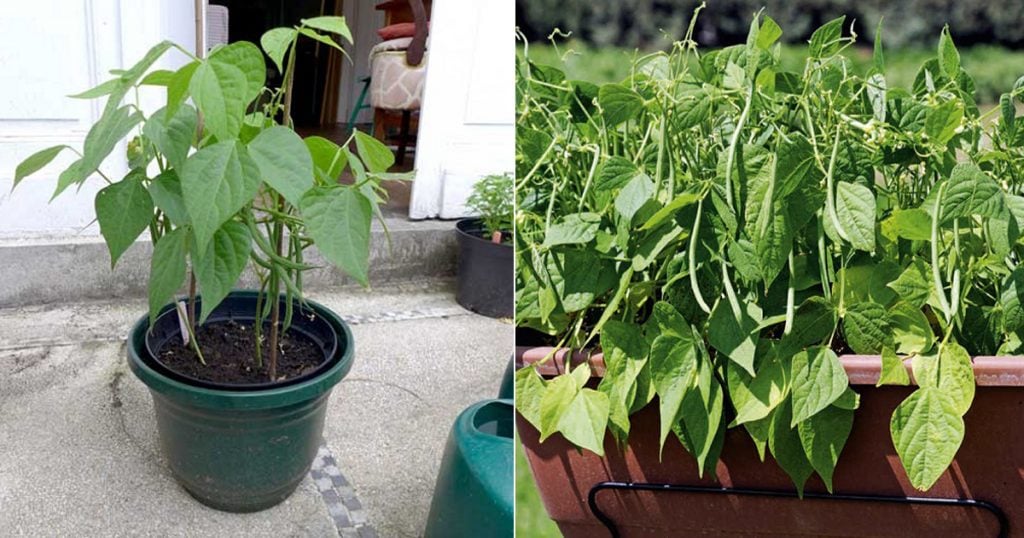
We have discussed how and when to grow French beans in the UK. Now you might be wondering what is so special about them. Firstly, it is easy to include French beans in your daily diet. One can cook green beans in a variety of ways, including boiling and roasting. Unlike other beans, we can eat French beans with their coating on them. They’re easy to grow and require low maintenance. However, they should be a vital part of your garden’s harvest because they are extremely beneficial for health. French beans possess medicinal properties that improve the health of the heart, gut, and bone. They might also shield fetuses from cancer, anaemia, and congenital defects. They might also strengthen immunity. French beans are a low-calorie vegetable that has vitamins, minerals, and antioxidants, making them an excellent addition to a balanced diet.
Top 3 Health Benefits Of French Beans
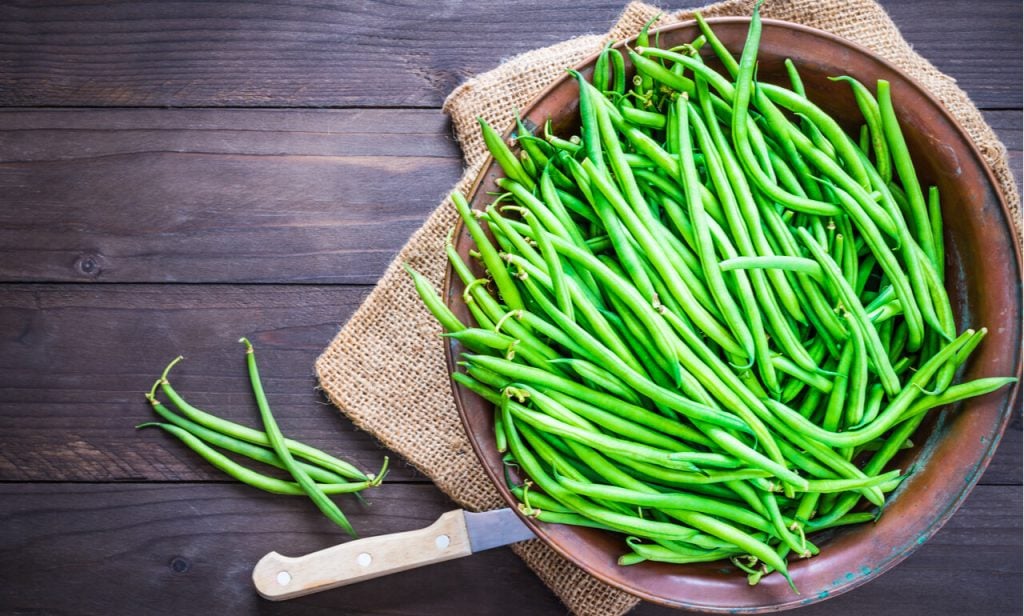
Now, we’ll take a closer look at the health benefits of French beans. They are high in fibre content to their ability to boost heart health, support digestion, and even lower the risk of certain diseases. Whether you’re looking to lose weight, improve your overall health, or simply enjoy some delicious and nutritious vegetables, French beans are a great choice that won’t disappoint. So, let’s dive into the world of French beans and explore their many health benefits!
1. Maintains Your Blood Sugar
The glycemic index of French Beans is low, so control your sugar intake. When ingested, they prevent blood sugar levels from rising. As they supply nutrients, minerals, and energy, they are perfect for keeping blood sugar stable. This is why it is one of the most nutritive vegetables in the case of diabetics. The dietary fibre in Green beans also helps in balancing blood sugar. Consequently, it adds to the stability of blood sugar in the longer term.
2. Prevents Cancer
French beans have chlorophyll which is a substance that gives them a green colour. The molecules of chlorophyll have qualities that can fight cancer. They can assist in preventing infections in our bodies that might eventually turn into cancer. Chlorophyll stops the body from absorbing carcinogens by binding to them. Instead, they are thrown out as unwanted garbage. Consequently, eating French beans may prevent the risk of forming cancer.
3. Helps in Loss of Weight
French bean diets are effective. They are low in calories and fats and high in nutrients, protein, and dietary fibre. Therefore they can support weight loss. The high fibre content keeps you full between meals and reduces hunger. Dietary fibre prevents carbohydrates from getting absorbed. This is why they can boost your metabolism and lower your blood sugar levels.
Final Takeaway
Growing French beans from seeds in the UK can be a rewarding experience that not only provides you with fresh, homegrown products but also offers numerous health benefits. These delicious and nutritious vegetables are a great addition to any garden, as they are relatively easy to grow and require minimal care. Whether you have a large garden or just a few containers on your balcony, you can enjoy the satisfaction of growing your own food and savouring the taste of homegrown French beans.
Plus, French beans are power-packed with vitamins, minerals, and fibre, which can help lower the risk of heart disease, support digestion, and promote overall health and wellness.
So, why not give it a try and discover the many benefits of growing and eating French beans? Your tongue and your body will thank you!

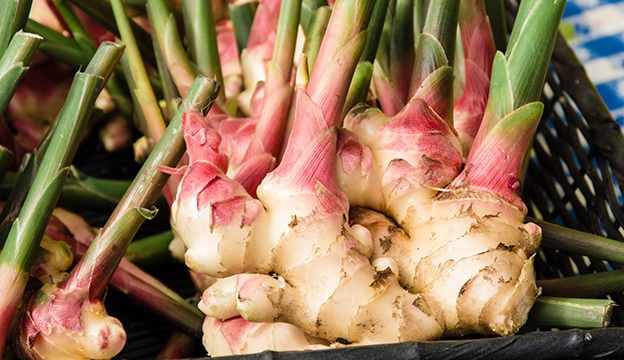
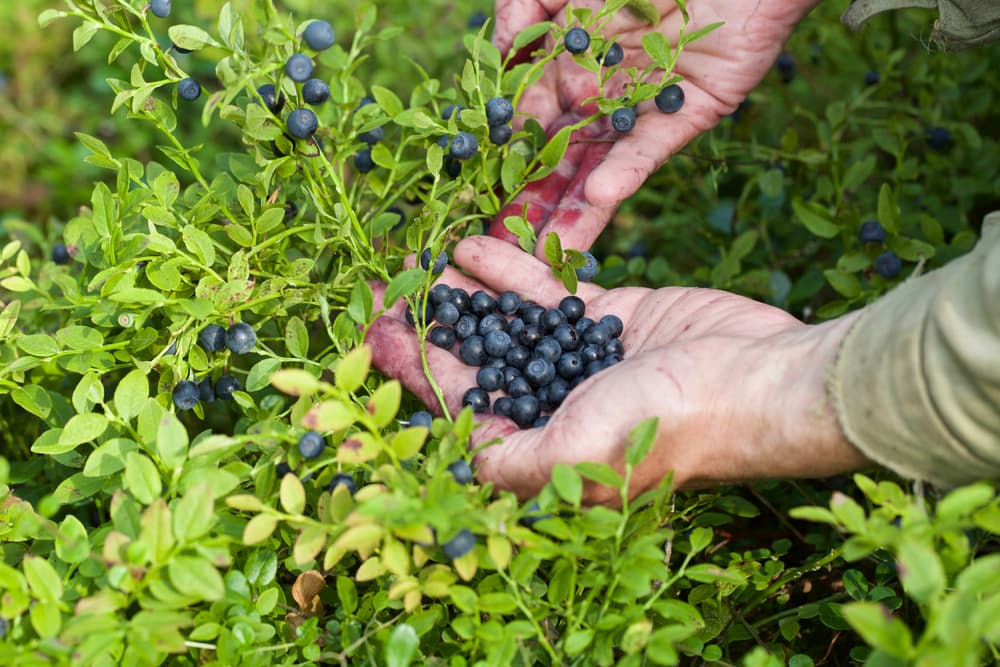
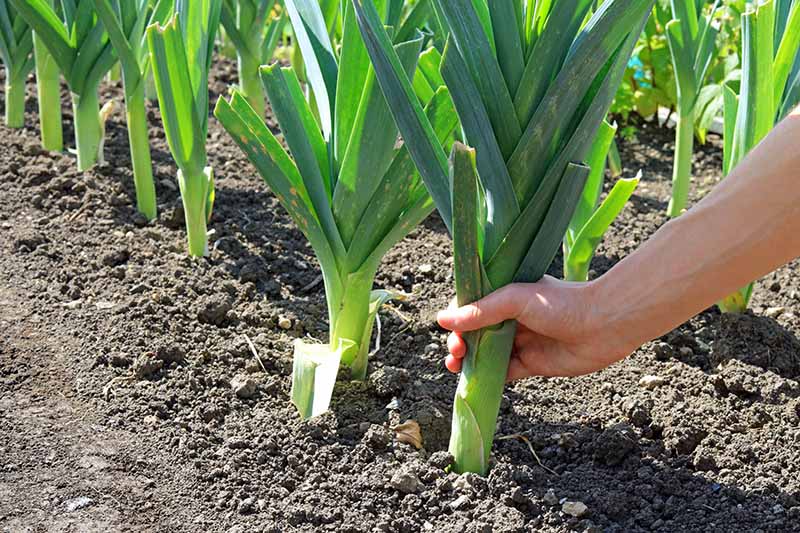
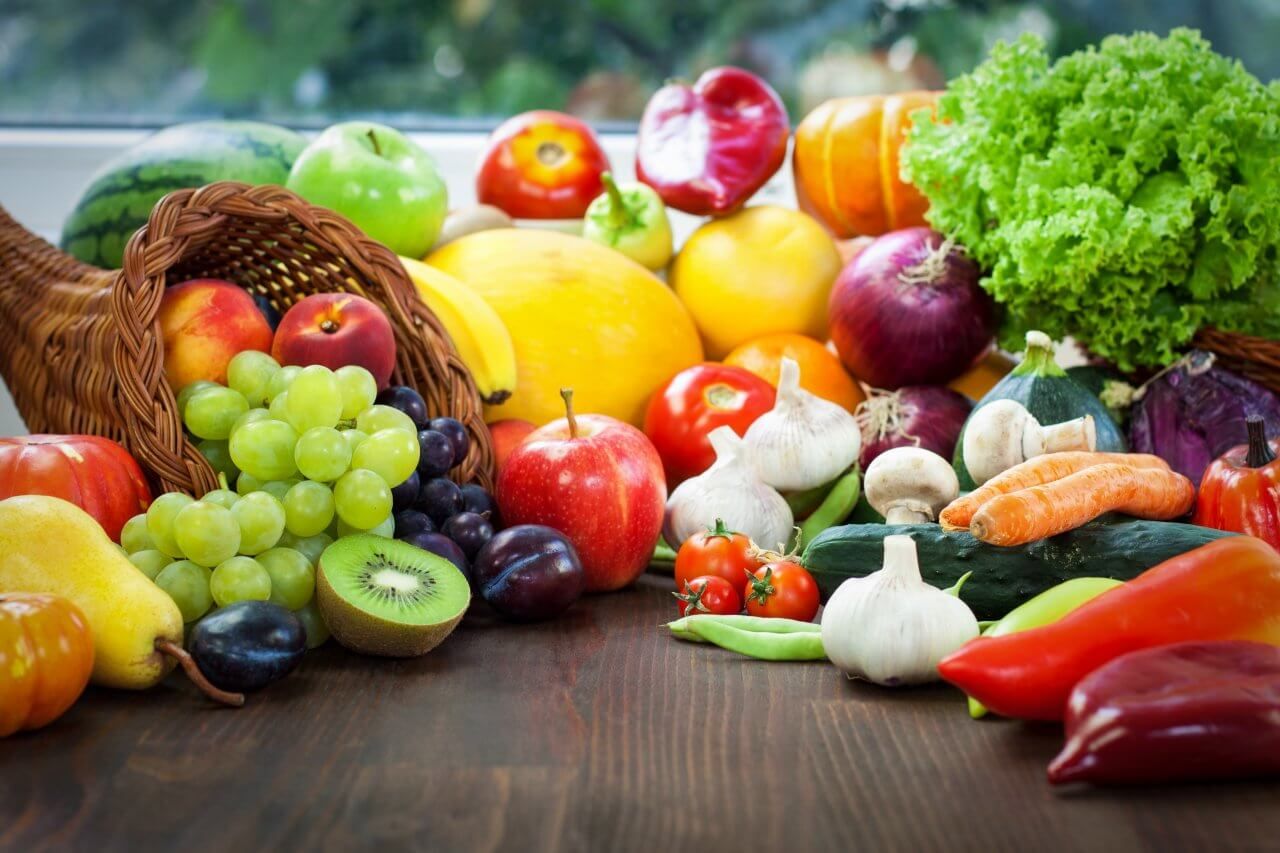
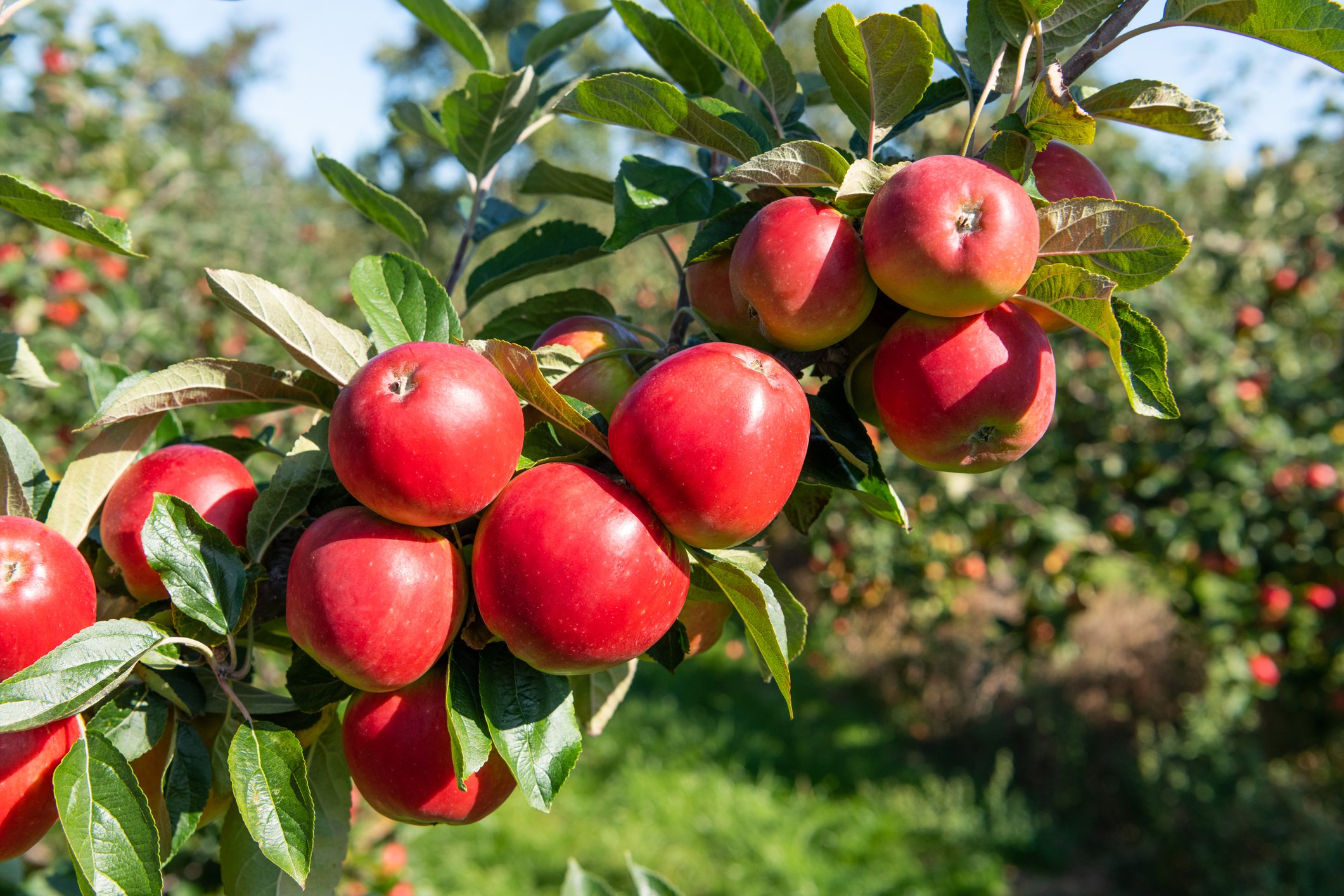
![When and How to Grow Broad Beans [UK]](https://www.thearches.co.uk/wp-content/uploads/How-To-Grow-Broad-Beans-scaled.jpg)